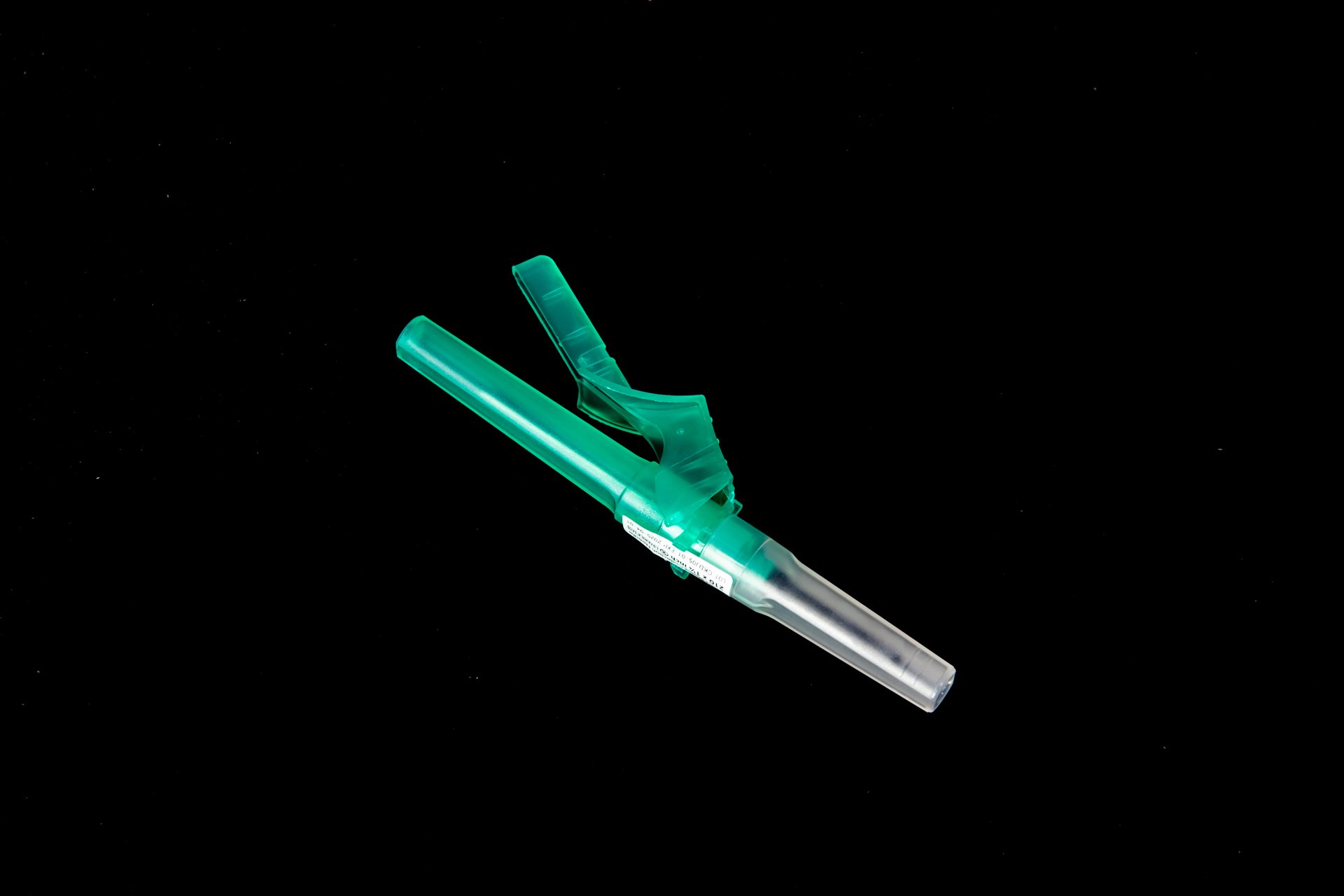Evolution Of Needle Technology In Phlebotomy
Phlebotomy, the practice of drawing blood for medical testing or donation, has been an essential part of healthcare for centuries. One of the most important tools in phlebotomy is the needle, which has undergone significant advancements in technology over the years. In this article, we will explore the evolution of needle technology in phlebotomy and how these advancements have improved the patient experience and the accuracy of blood collection.
Early History of Phlebotomy
Phlebotomy has been practiced since ancient times, with the earliest known references dating back to ancient Egypt and Greece. In these early civilizations, bloodletting was believed to have therapeutic benefits and was used to treat a variety of illnesses. Phlebotomy continued to be used throughout the Middle Ages and into the Renaissance, with the practice becoming more refined over time.
The Introduction of Needles
Needles have been used in phlebotomy for centuries, but early needles were crude and often caused significant pain and discomfort for patients. These early needles were typically made of metal and had a sharp point for piercing the skin. As phlebotomy became more standardized in the 19th century, efforts were made to improve the design of needles to make the process less painful for patients.
Advancements in Needle Technology
Over the years, advances in technology have led to significant improvements in the design and functionality of phlebotomy needles. Modern needles are now made of high-quality materials such as stainless steel and are designed to be as sharp and as thin as possible to minimize pain and discomfort for patients. Some of the key advancements in needle technology include:
Safety features: Many modern needles are equipped with safety features such as retractable needles or safety shields to protect healthcare workers from needlestick injuries.
Butterfly needles: Butterfly needles are a type of needle with wings that allow for greater stability and control during blood collection, making them ideal for patients with small or fragile veins.
Different gauges and lengths: Needles now come in a variety of gauges and lengths to accommodate patients with different vein sizes and depths, allowing for more accurate blood collection.
The Impact of Needle Technology on Phlebotomy
The advancements in needle technology have had a significant impact on the practice of phlebotomy. These improvements have not only made the process less painful and more comfortable for patients but have also increased the accuracy and efficiency of blood collection. Some of the key benefits of modern needle technology in phlebotomy include:
Reduced patient discomfort: Modern needles are designed to be as sharp and thin as possible, reducing pain and discomfort for patients during blood collection.
Decreased risk of complications: The use of high-quality materials and advanced design features in modern needles has helped to reduce the risk of complications such as vein damage or infection.
Improved safety for healthcare workers: Safety features such as retractable needles and safety shields have helped to protect healthcare workers from needlestick injuries, reducing the risk of exposure to bloodborne pathogens.
Increased accuracy of blood collection: The availability of needles in different gauges and lengths allows for more precise blood collection, especially in patients with difficult veins.
The Future of Needle Technology in Phlebotomy
As technology continues to advance, the future of needle technology in phlebotomy looks promising. Researchers and manufacturers are constantly working on developing new and innovative needle designs that will further improve the patient experience and the accuracy of blood collection. Some of the potential future advancements in needle technology include:
Needles with built-in sensors: Researchers are working on developing needles with built-in sensors that can provide real-time feedback on the quality of blood samples, helping to ensure accurate results.
Nanotechnology: Nanotechnology holds the potential to revolutionize needle design, allowing for needles that are even smaller and more precise than current models.
Improved safety features: Manufacturers are continuing to innovate safety features for needles, with a focus on reducing the risk of needlestick injuries and improving overall safety for both patients and healthcare workers.
In conclusion, the evolution of needle technology in phlebotomy has come a long way from the crude needles of ancient times. Modern needles are designed to be as sharp, thin, and safe as possible, improving the patient experience and the accuracy of blood collection. With ongoing advancements in technology, the future of needle technology in phlebotomy looks bright, promising even greater improvements in patient care and healthcare worker safety.
Disclaimer: The content provided on this blog is for informational purposes only, reflecting the personal opinions and insights of the author(s) on phlebotomy practices and healthcare. The information provided should not be used for diagnosing or treating a health problem or disease, and those seeking personal medical advice should consult with a licensed physician. Always seek the advice of your doctor or other qualified health provider regarding a medical condition. Never disregard professional medical advice or delay in seeking it because of something you have read on this website. If you think you may have a medical emergency, call 911 or go to the nearest emergency room immediately. No physician-patient relationship is created by this web site or its use. No contributors to this web site make any representations, express or implied, with respect to the information provided herein or to its use. While we strive to share accurate and up-to-date information, we cannot guarantee the completeness, reliability, or accuracy of the content. The blog may also include links to external websites and resources for the convenience of our readers. Please note that linking to other sites does not imply endorsement of their content, practices, or services by us. Readers should use their discretion and judgment while exploring any external links and resources mentioned on this blog.



